Reportar esta entrada
Más sobre la misma comunidad-colección
Recruitment pamphlet in Spanish for Loretto Academy, 1923
Recruitment pamphlet in Spanish for Loretto Academy, 1923
Veda Markham and Mrs. Aldridge of Loretto Academy, c. 1968
Veda Markham and Mrs. Aldridge of Loretto Academy, c. 1968
Abe Ramirez, former principal, Loretto Academy and staff 2022
Abe Ramirez, former principal, Loretto Academy and staff 2022
Nicole Cobb, president, Loretto Academy and teacher 2022
Nicole Cobb, president, Loretto Academy and teacher 2022
Baptist Chinese Mission women, El Paso, TX c.1951
Baptist Chinese Mission women, El Paso, TX c.1951
Owner and dog at 505 E. Rio Grande, El Paso, TX 1957
Owner and dog at 505 E. Rio Grande, El Paso, TX 1957
Scrapbook page with Mae Quon and family, El Paso, TX c. 1959
Scrapbook page with Mae Quon and family, El Paso, TX c. 1959
Looking down from the Club Home Cafe out into Downtown, El Paso, TX c. 1960
Looking down from the Club Home Cafe out into Downtown, El Paso, ...
Kim Yee, home on Rio Grande Street, El Paso, TX c. 1953
Kim Yee, home on Rio Grande Street, El Paso, TX c. 1953
George Yee, Chinese American war veteran, El Paso, TX 2020
George Yee, Chinese American war veteran, El Paso, TX 2020
Mary Carmen Saucedo, El Paso, TX, educator c.2011
Mary Carmen Saucedo, El Paso, TX, educator c.2011
Bio and Work by Gabriel Gaytan from "Juntos" calendar c. 2011
Bio and Work by Gabriel Gaytan from "Juntos" calendar c. 2011
Juntos Art Association invitation at the Centennial Museum October 10, 2015
Juntos Art Association invitation at the Centennial Museum ...
Senator Kay Bailey Hutchinson with governmental officials in El Paso, TX
Senator Kay Bailey Hutchinson with governmental officials in El ...

















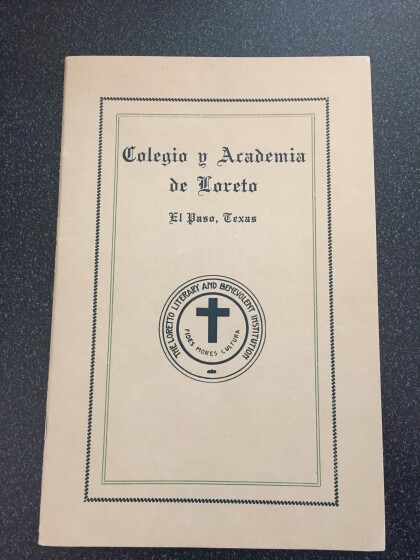
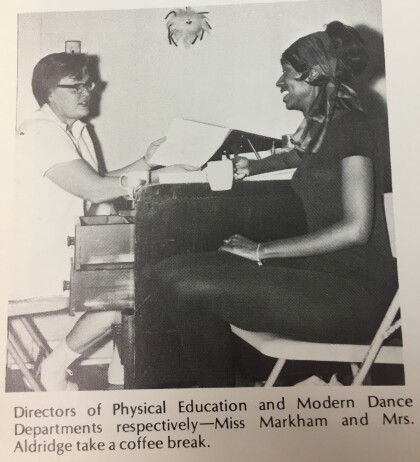
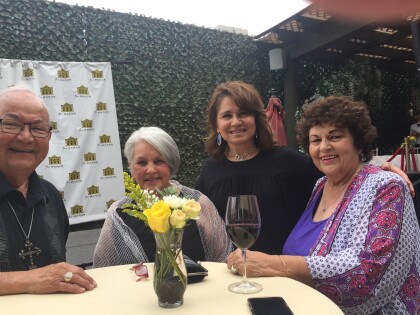
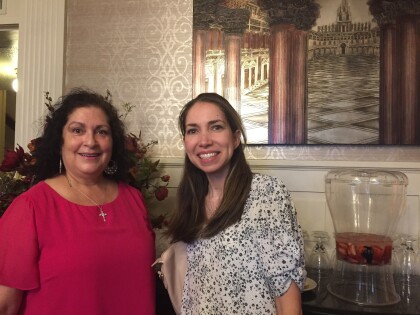
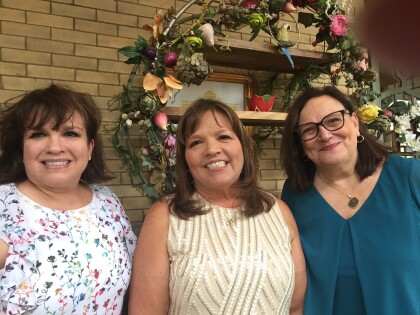
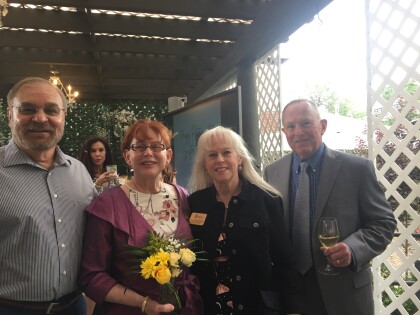
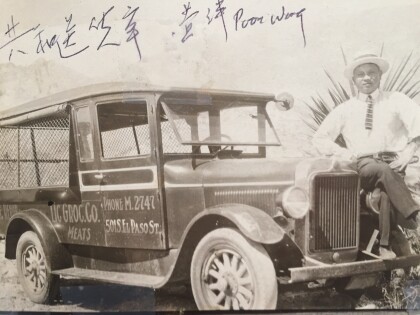
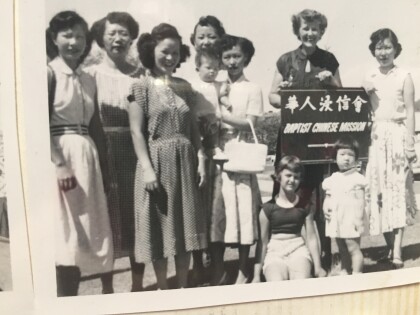
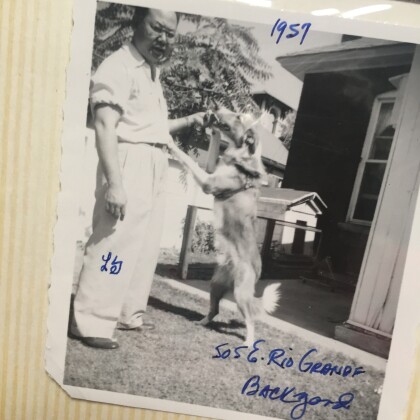

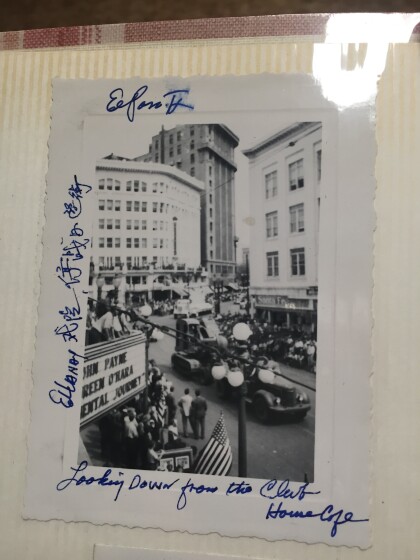
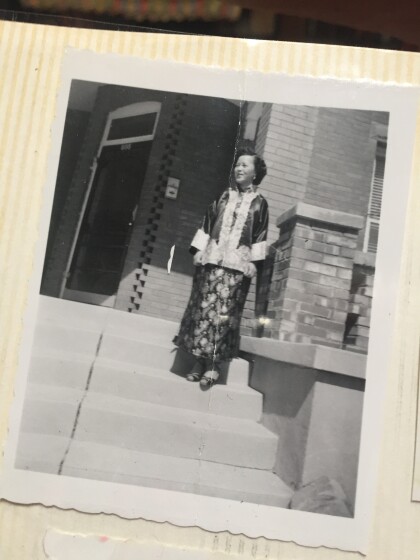
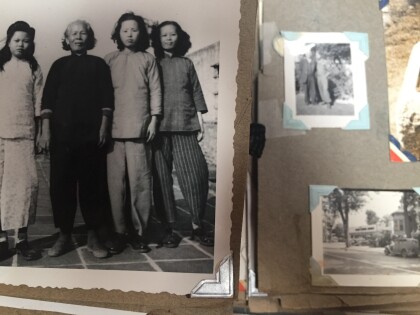
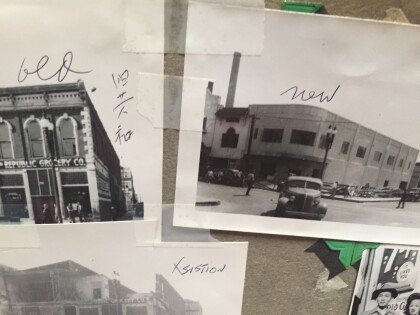
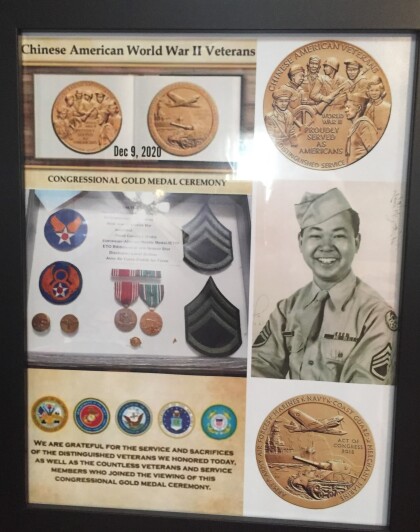
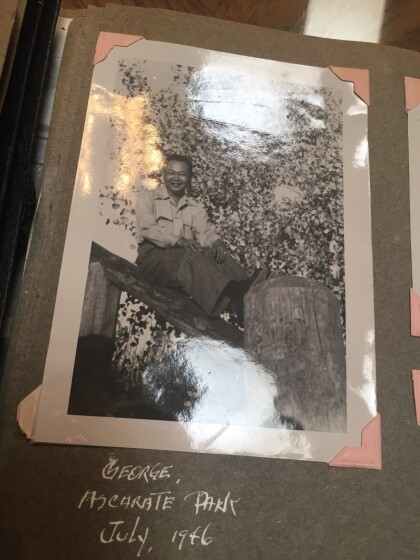
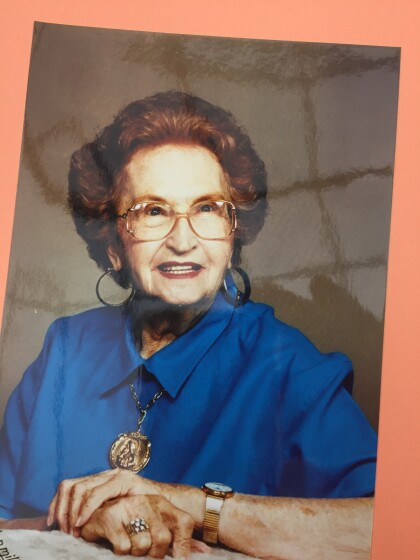
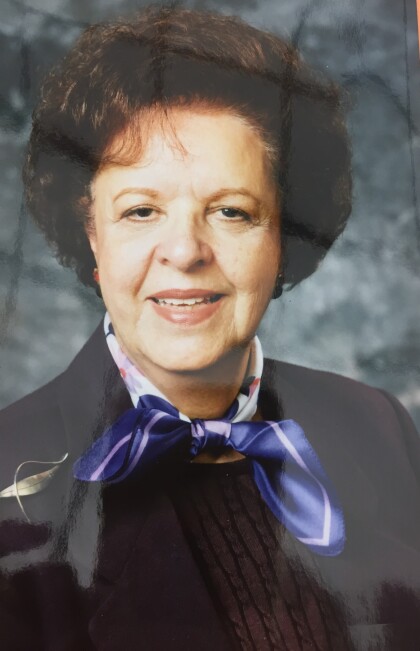
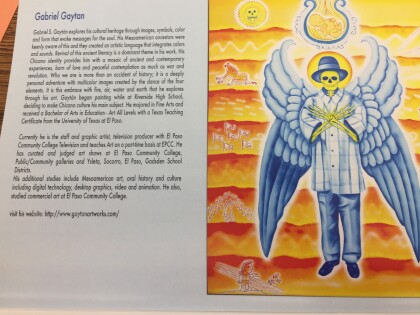
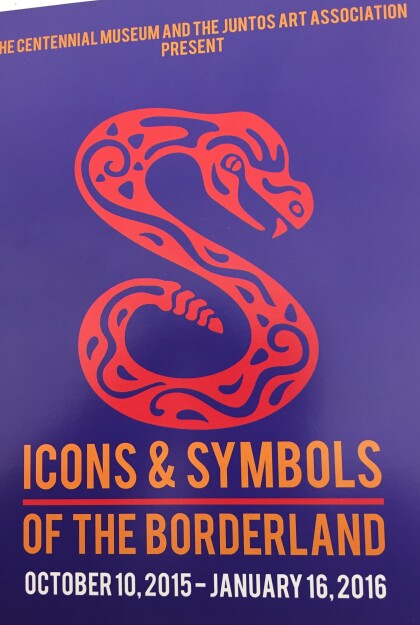
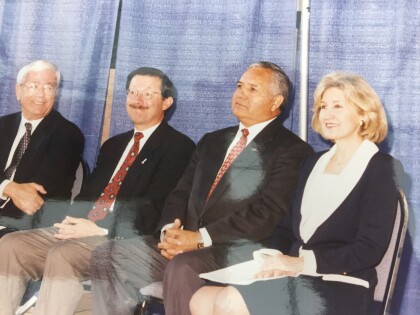
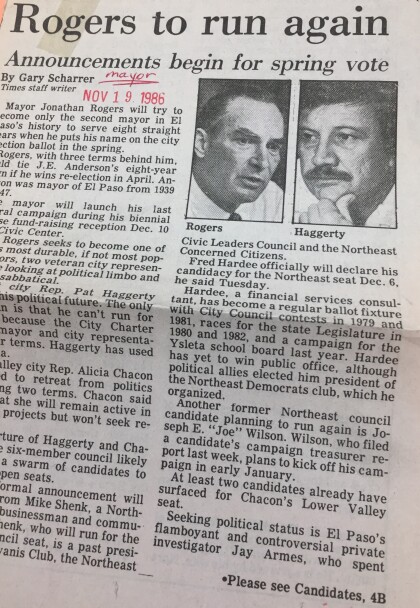
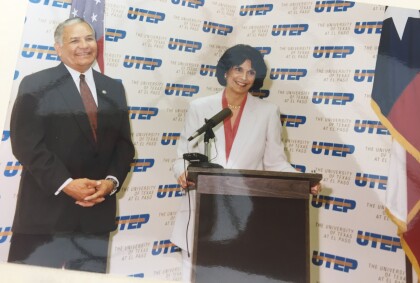
Comentarios
Hacer un comentario